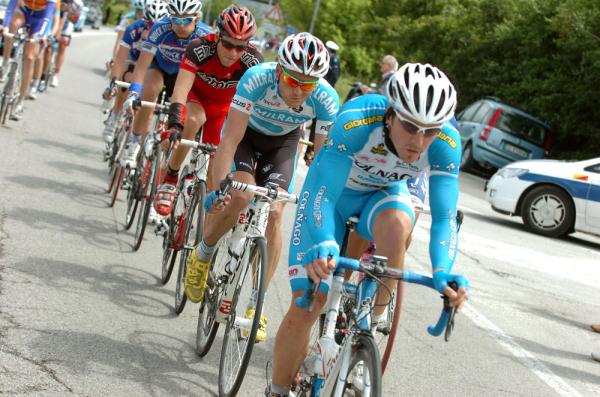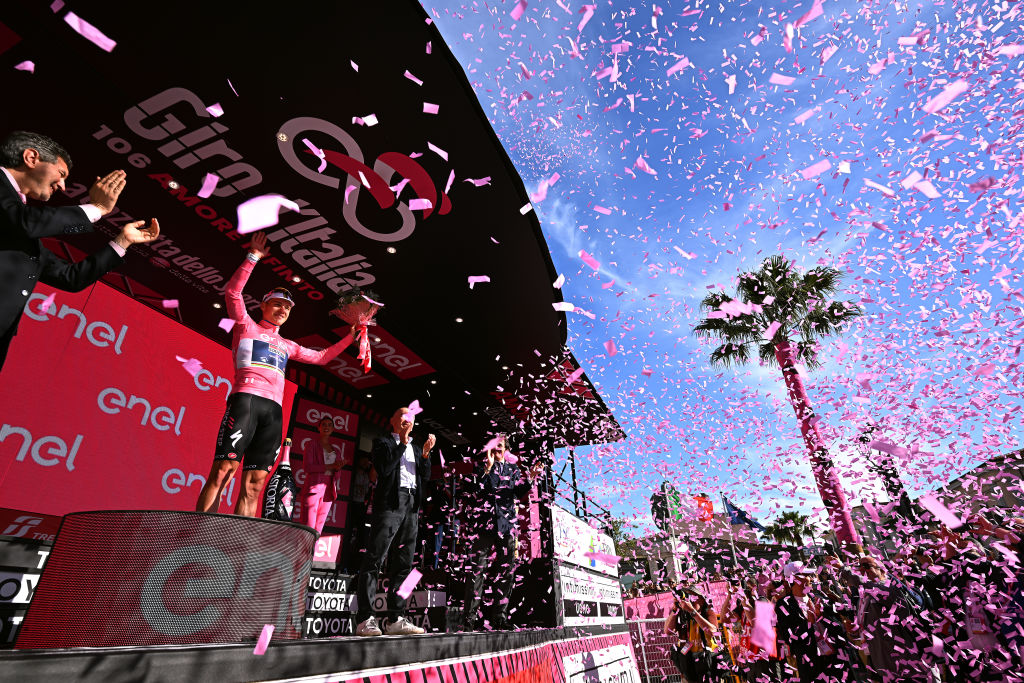Feature: Making their escape
Cameron Meyer takes us through a grand tour breakaway
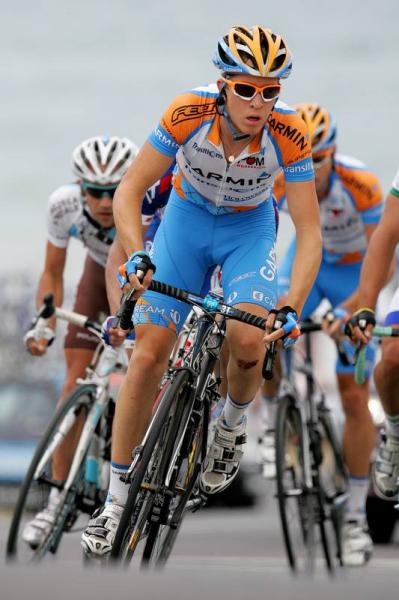
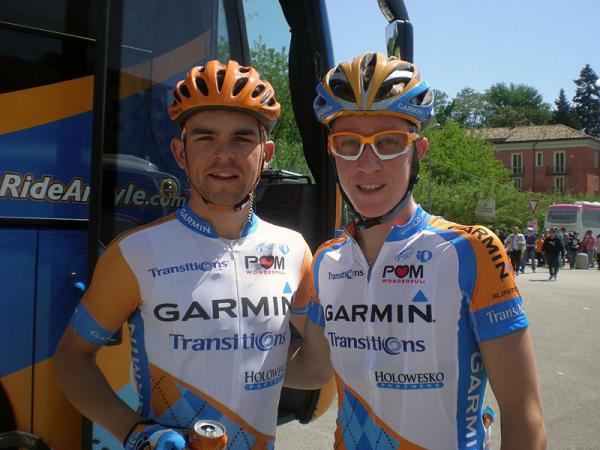
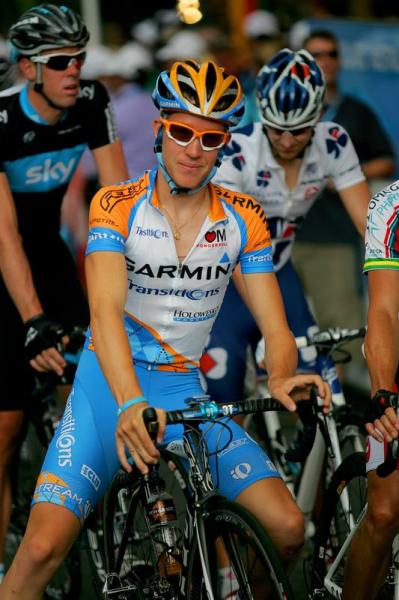
We've all seen them before in a grand tour - a group that spends the day riding off the front of the bunch to merely gain TV time or with the loftier ambition of going for the stage win. The question is: how hard can it be?
While some people may not consider the breakaway as difficult as a mountain stage or a hectic sprint, the mechanics of a successful escape group are intricate and the effort required to get in the day's 'main break' intense.
And with the Vuelta a España notorious for day-long breakaways, it's a good time for Cyclingnews to discover what it takes to ride in a successful break in a grand tour.
Garmin-Transitions' fancied young Australian rider Cameron Meyer found himself in that position during stage 13 of this year's Giro d'Italia and with his team publishing the 22-year-old's ride data for that day on the Garmin website, it makes the task of analysing the demands of a big break much easier.
The day in question took riders on a 223km journey from Porto Recanti to Marco Pantani's home town of Cesenatico, on Italy's eastern coastline. Local hero Manuel Belletti of the Colnago-CSF team won the day but before he could celebrate an emotional victory there was about 170km of breakaway riding to be done.
The numbers don't lie
The day's parcours was tailor-made for a break to succeed, but whilst the course may indicate an escape could easily clip away from the peloton, the reality is that every man and his bike wants to make that move and hence the efforts required to get there were massive.
The latest race content, interviews, features, reviews and expert buying guides, direct to your inbox!
Eventually Danilo Wyss, Andriy Grivko, Matthieu Claude, Kalle Kriit, Belletti, Iban Mayoz, Meyer, Marco Marzano, Sebastian Lang, Mauro Facci, Tom Stamsnijder, Gregory Henderson, Craig Lewis, Juan Horrach, Serguei Klimov and Paul Voss made the cut and such was the careful 'selection' process that only Katusha had two representatives in the break.
Meyer says that selection process required the most energy, which is reflected in the data recorded on one of the team's Garmin Edge 500 units - his maximum power output of 1,062 Watts was recorded within the first hour of the stage (see sidebar).
"It was a pretty hard stage to try and get into the break - it took around 50km for the break to go and obviously when you've got maybe 80-100 guys trying to get into the breakaway you've gotta be in one of those lucky moves," says Meyer.
"I guess you're a bit fresher at the start of the stage than what you are after 200km, so you've got a bit more power at the start of the stage, which is when you're trying to get into a breakaway.
"That's probably why I'm putting out a few more Watts then rather than 200km later when I'm fighting it out for the stage; you're still putting out a lot of Watts but you've used all your energy throughout the race to get to that point," he explains.
Having ridden just part of one grand tour prior to this year's Giro, Meyer was one of the least experienced men in the break but he drew on the skills developed through years of track and road racing and was able to analyse the potential of the break to succeed.
"We had something like 17 in the break; we had quite a large breakaway and it made for us being able to swap off together really well and that's probably why we stayed away to the finish with such an advantage over the peloton - because there were so many of us," he says.
"None of us were really in contention for the general classification. There were some good riders in there and it makes it hard to try and analyse how you're going to win the race because there are so many good riders with so many different abilities. You've really got to know what their strengths are... who the sprinters are, and stuff like that, which makes for a very interesting finish to the stage."
And while Meyer may have faded somewhat within the final five kilometres to finish 10th, just five seconds behind Belletti, the 22-year-old had shown what he is capable of during what was a Giro for opportunists, as he notes.
"At this year's Giro there weren't that many sprint-specific stages. If you look at it, we had Tyler Farrar win two [stages], [André] Greipel win one... not really many bunch sprints. There were only two or three stages where we [Meyer and Jack Bobridge] were put on the front."
The toughest part
While the day to Cesenatico was a long one for those in the break, Meyer says the opening stanza of the stage was the toughest aspect of the 223km journey. With all those riders wanting a piece of the action off the front of the field, you have to be at the top of your game to make the right move and make it stick.
"For me, making the break was actually the hardest aspect; sometimes, when you try and make a breakaway you can be lucky and pick a move and go with it then all of a sudden that's the break of the day," he says.
"In this case it took 50km and there were multiple attacks - probably about 20 to 30 moves that I had to use up energy to get in the [main] breakaway. But I didn't know which one it was going to be, it took so long.
"For me that day it was definitely the first 50km, trying to make the break [that were the hardest]," he continues. "Obviously the last part, when we knew we were fighting it out for a stage win, was hard - but everyone was tired and it was painful although there was more stress trying to make the breakaway at the start of the stage."
Taking its toll
Meyer rode two of the three weeks of last year's Giro, withdrawn by Garmin team management to avoid burning out the young Australian so early in the season. In 2010 he was there for the full race and says it was rewarding, albeit extremely demanding given the torturous nature of the third week of racing.
"It really was big step [doing three weeks instead of two] and in that third week the body goes into a fatigue mode. Obviously mentally you have to push your body through something it's never been through before. It is a long way and there were some massive mountains in that last week. It was very hard physically and mentally but very satisfying to get to Verona and finish the whole Giro.
Given that he could pay for the efforts of a hard day in a breakaway later in the event, did Meyer think twice about getting himself into the move? The question prompts a quick chuckle from the quietly-spoken rider.
"You're like, 'This is going to hurt' and if there are 10 days to come and if you get in the breakaway you're going to suffer a little bit for the next month because you've used so much energy.
"I didn't think twice about it at all though - it was my job, through Matt White's instructions, to try and get into the breakaway and I did that and I tried to think positively through the rest of it [the Giro] that I had good legs."
His efforts were appreciated by Garmin-Transitions staff, with Meyer explaining that directeur sportif Matt White was pleased with his countryman's endeavours. And given the circumstances in which he entered the event, Meyer's presence in the break reflected more than just his talent on a bike.
"I had a hard time for the first 10 days of the Giro," admits Meyer. "I went into it sick and the first five days I had bronchitis. Then I had the crash, so it was pretty hard for me in the first 10 days and we kept trying to plug through it and stayed upbeat - I came out of it the other side in that second and third week, got in the breakaway and finished off with a top eight in the last time trial.
"It was a positive thing for me and Whitey that I can finish a grand tour, probably one of the hardest grand tours there has ever been, especially with all the mountains. It's a sign that I can finish any grand tour that I enter from now on."
Cam Meyer's numbers - stage 13, 2010 Giro d'Italia
Time: 5:29:06
Distance: 223.23 km
Elevation gain: 1,993 m
Calories: 5,157 C
Avg temperature: 21.4 °C
Elevation gain: 1,993 m
Elevation loss: 1,993 m
Min elevation: -3 m
Max elevation: 668 m
Avg power: 287 W
Max power: 1,062 W (after 0:42:10)
Avg bike cadence: 91 rpm
Max bike cadence: 154 rpm
Avg temperature: 21.4 °C
Min temperature: 17.0 °C
Max temperature: 25.0 °C
Courtesy of: http://connect.garmin.com
